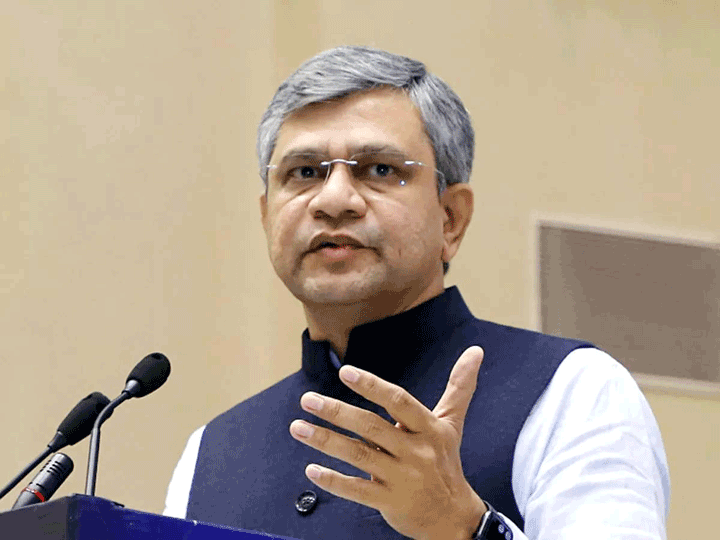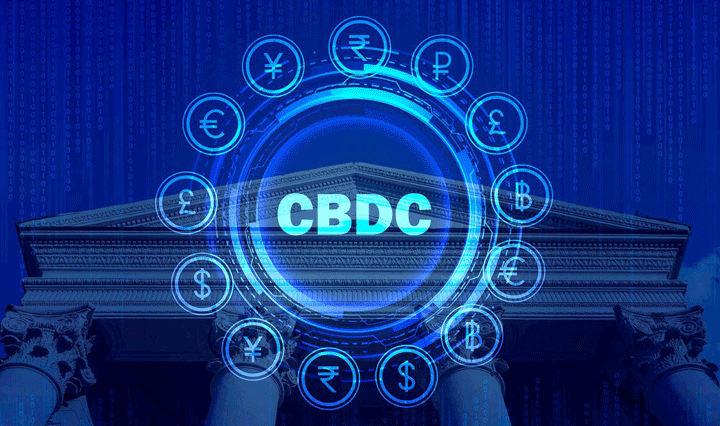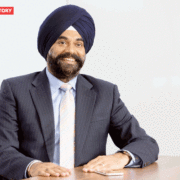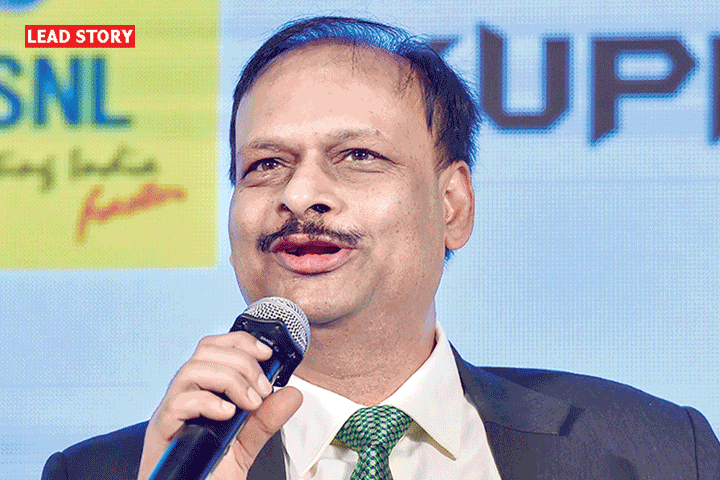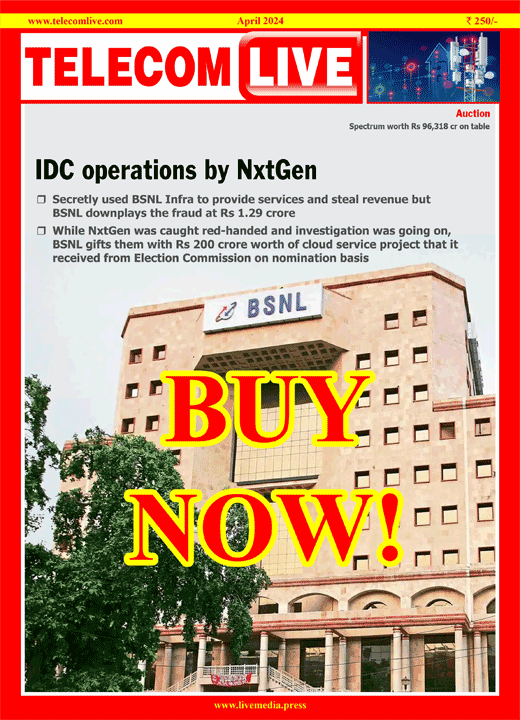Why Facebook is suddenly bullish on Indian smartphone consumers
When we talk about advertising potential on Facebook, the fact is that 2.2 billion global users — almost a quarter of the world’s population — constitute the largest marketplace on Earth that can be explored better with intelligent communication and targeted, age-specific outreach.
Facebook India has done its homework and has real, contemporary data based on primary research and insights survey on how Indians, especially millennials, are shopping on smartphones and still, many fall off the grid and cancel orders in the middle of their purchase journey.
In India, there are nearly 380 million smartphone users as of today, according to Counterpoint Research.
The number of Internet users in India will reach 500 million by June, says a joint report by The Internet and Mobile Association of India (IAMAI) and Kantar IMRB. On the other hand, the mobile phone customer base now stands at over 1.17 billion, according to the Telecom Regulatory Authority of India (TRAI).
Facebook today has 217 million users in India — a huge market to tap into and advertisers know this well — and are aware of the future too when seven in 10 smartphone purchases will be mobile influenced by 2022.
“We now have reliable data how people are buying on smartphones. We can make their path to purchase smooth, make those quickers reduce friction, increase sales and cut costs for businesses,” Sandeep Bhushan, Director, Facebook India and South Asia, told IANS in an interview.
“We are mapping the friction and planning products and tools for businesses to reduce the friction and, therefore, can provide greater value for businesses and consumers alike in a secure way,” Bhushan added.
Currently, mobile influences 58 per cent of smartphone purchase decisions, amounting to $8.5 billion worth of sales and it is expected to grow 1.8 times to reach 73 per cent and influence $15.6 billion worth of sales by 2022, according to a joint Facebook-KPMG report.
Facebook influences 33 per cent of purchase decisions amounting to $4.8 billion worth of sales and it is expected to grow two times to reach 44 per cent and influence $9.5 billion worth of sales by 2022.
According to Bhushan, Facebook is ready to help smartphone brands reduce the consumer drop-off from their purchase journey, creating $3.1 billion worth of potential revenue for them by 2022.
“We can reduce purchase time by 14 odd per cent. We also know that sales can go by up to $3 billion, built on the fact that consumers will use mobiles for various purposes and the device offers all kinds of possibilities. We can do right messaging at the right place with mobile and cut the friction,” Bhushan informed.
After facing the Cambridge Analytica data scandal, Facebook recently cleared that it does not tell advertisers who you are or sell your information to anyone.
“We provide advertisers with reports about the kinds of people seeing their ads and how their ads are performing, but we don’t share information that personally identifies you. You can always see the ‘interests’ assigned to you in your ad preferences, and if you want, remove them,” Rob Goldman, Vice President, Ads at Facebook, wrote recently in a blog post.
Facebook’s mobile advertising revenue represented approximately 91 per cent of advertising revenue for the first quarter of 2018 — up from approximately 85 per cent of advertising revenue in the first quarter of 2017.
“We understand that consumers are different — men, women, young, old, affluent and non-affluent — and have different purchasing patterns. Businesses can reach the right audience on Facebook where they can target by age.
“Consumers below age 25 are more tech-savvy; so businesses can provide them with deeper, technical information about a product. For consumers like me, all I need to know is my favourite brand has a new feature or not. This is what we do — simplify the path to purchase,” Bhushan told IANS.
To take the vision closer to reality, Facebook is already running a programme with one big smartphone player.
“In this programme, the moment you see an ad, you click, the lead form opens, auto populates, you click again and get a call from the promotor of the retail store next to you within an hour,” the Facebook India executive informed.
“We have interesting, intelligent forms which are auto-filled that gives customers flexibility and mental peace. All of this was not possible earlier,” Bhushan told IANS.
The data lets advertisers reach the right people, including millions of small businesses, who rely on Facebook every day to reach people who might be interested in their product.
“We are ready for products in any Internet situation. 2G is still default in India despite so much 4G talk as there are more mobile handset users that smartphone ones; so we have covered them too with Facebook Lite,” Bhushan stressed.





